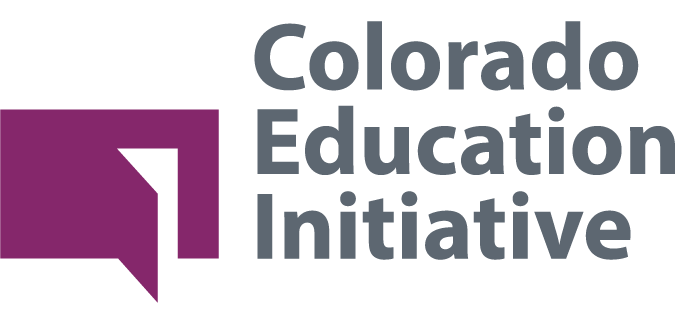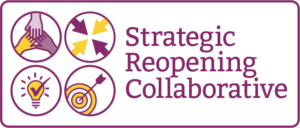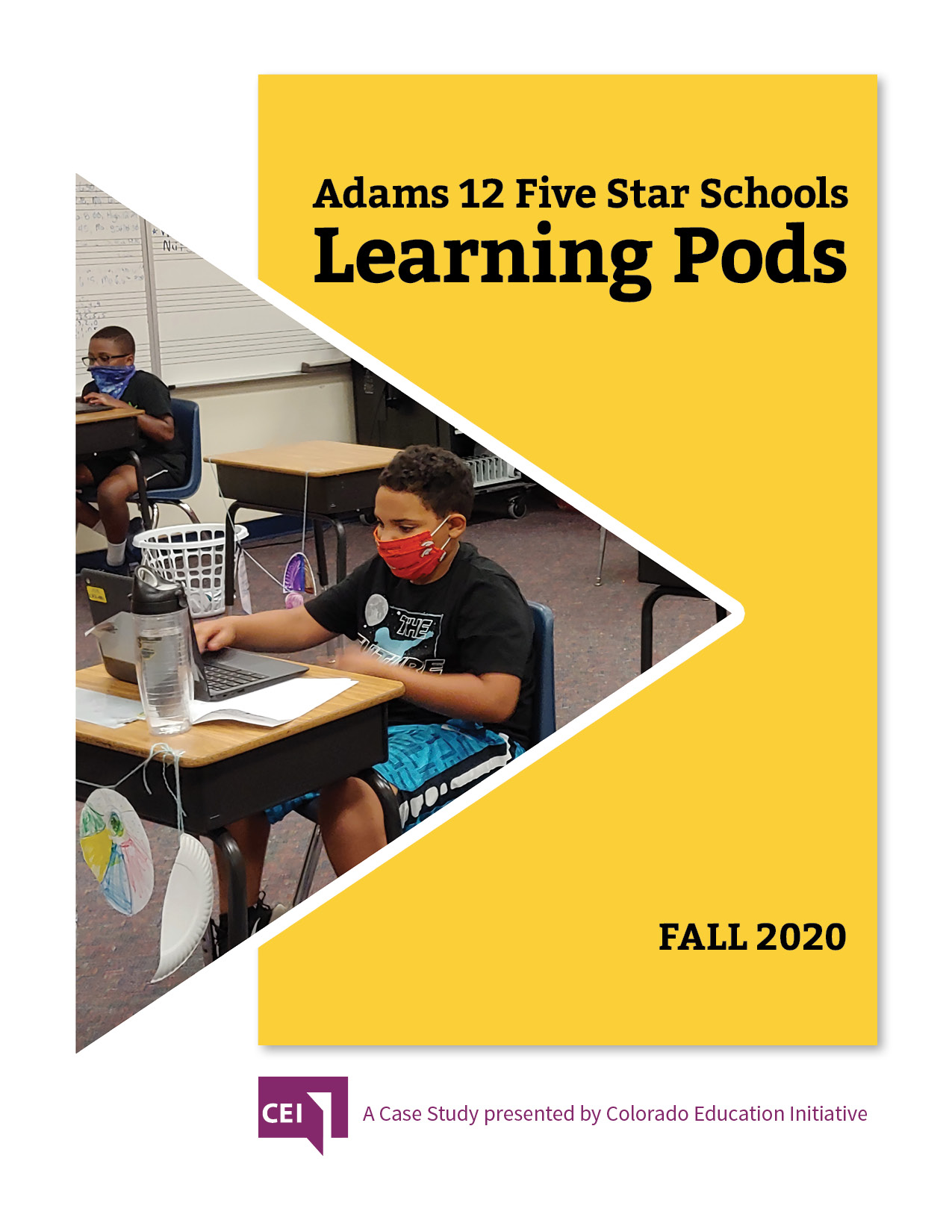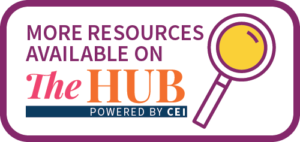Strategic Reopening Collaborative
The Strategic Reopening Collaborative outlines four goals for re-entry: Address Inequities, Connect, Reassure & Inspire, and Assess & Prepare. Strategies are included to consider three primary stakeholders while working towards goals: Educators, Students, and Families & Communities.
About This Time
COVID-19 has wreaked havoc on our education structures, first by suspending the 2019-2020 school year and next by introducing historic uncertainty into the opening of the 2020-2021 school year. CEI believes that relationships, equity and connection must be our guiding principles as we address the trauma, challenges and opportunities of COVID-19. To address this historic challenge in the education sector, CEI is launching these efforts to reinforce strong practices and create networked learning across the state.
We know many educators, students, and their families are experiencing stress and anxiety—for some quite severe. From a learning perspective, this stress forces the brain to operate in a state of near constant engagement, negatively affecting the brain’s ability to manage stress, and diminishing its capacity to be creative, learn new skills, and think outside the box. What’s worse, this is the time when we need those skills most.
The science of human development is clear: the single best way to make stress tolerable rather than toxic and to mitigate the often life-long effects of trauma is to be deeply connected to each other in community. Yet in this moment we are isolated, unsettled, and socially distant from other people.
Connecting under these conditions will require prioritizing relationships and re-designing the educational experience to reflect relationships and connections as a priority and as a necessary pre-condition for learning. To create and maintain strong relationships, particularly across lines of difference, will require relational courage—a deep commitment to connect, reassure, inspire, find out what people need, prepare for what we know and also what we don’t, and to address inequities in our educational system that have become so clear. It’s not enough to reach out to the students and families who are easy to reach and often heard; it is time for deep engagement with those furthest from opportunity.
Creating an Alliance Through Learning Partnerships
If we can find ways to connect and support each other in community, then this moment presents a tremendous opportunity to discover new ways to create what Zaretta Hammond calls a learning partnership where educator and student are in an alliance with one another, each doing their part to come through for the other, each feeling a deep sense of safety and connection. This connection supports a type of “you’ve got this” mindset for adults and students alike that creates the conditions for rigorous learning. The need to build muscle around critical social and emotional competencies and attend to the wellness of our educational community has never been more urgent — in fact the disruption and uncertainty we find ourselves facing demands that we do.
Linking Theory and Ideas with Practice
CEI engaged participating districts in a Social Emotional Learning (SEL) framework designed to support schools in planning for re-entering school in Fall 2020, regardless of when or exactly how that happens. In addition to this SEL guidance, CEI facilitated districts through designing strategies that would bring the framework to life.
Over the course of four weeks, these districts identified the most important challenges they would be facing in the fall, engaged in systems mapping, developed a wide variety of strategies to support educators, families, and students, and tested those solutions with their communities. This “Design Sprint” format provided teams with the time and space to collaboratively design and test high-quality and innovative strategies to support their communities.
These school districts partnered with CEI to develop an actionable and timely set of goals and strategies for re-entering school amidst the COVID-19 pandemic.
- Alamosa School District RE-11J
- Boulder Valley School District
- Cañon City School District Fremont RE-1
- Clear Creek School District RE-1
- Colorado Springs District 11
- East Grand School District
- Fremont School District RE-2
- Greeley- Evans School District 6
- Holyoke School District RE-1J
- Mesa County Valley School District 51
The work conducted by this collaboration has been gathered into a toolkit, designed to serve as guidance for school districts and communities. The toolkit includes examples of how districts are bringing this framework to life through strategies to support educators, families, and students. The examples from each district are initial prototypes that are currently being built into comprehensive re-entry plans for Fall 2020. This means that each strategy presented will have slightly different levels of specificity and the formats in which they are presented are not final drafts.
Students have had the least amount of advocacy during the pandemic, and many needs may not have been met. In order to best serve our students, we will need to focus on assessing their social and emotional health upon starting school. From this baseline, we can adjust tiered supports as needed to include tier one whole class conversations, class meetings and check ins.
Brenda Krage Superintendent, Fremont School District RE-2





